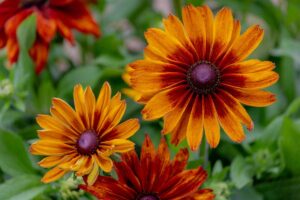Fuchsia is a genus of flora that grow upright, cascade, or creep. They display exquisite nodding or upward-facing, bell-like or tubular corollas, and upturned sepals.
Many have distinctive features like ruffled petals, and colorful filaments and anthers that protrude beyond the petals.
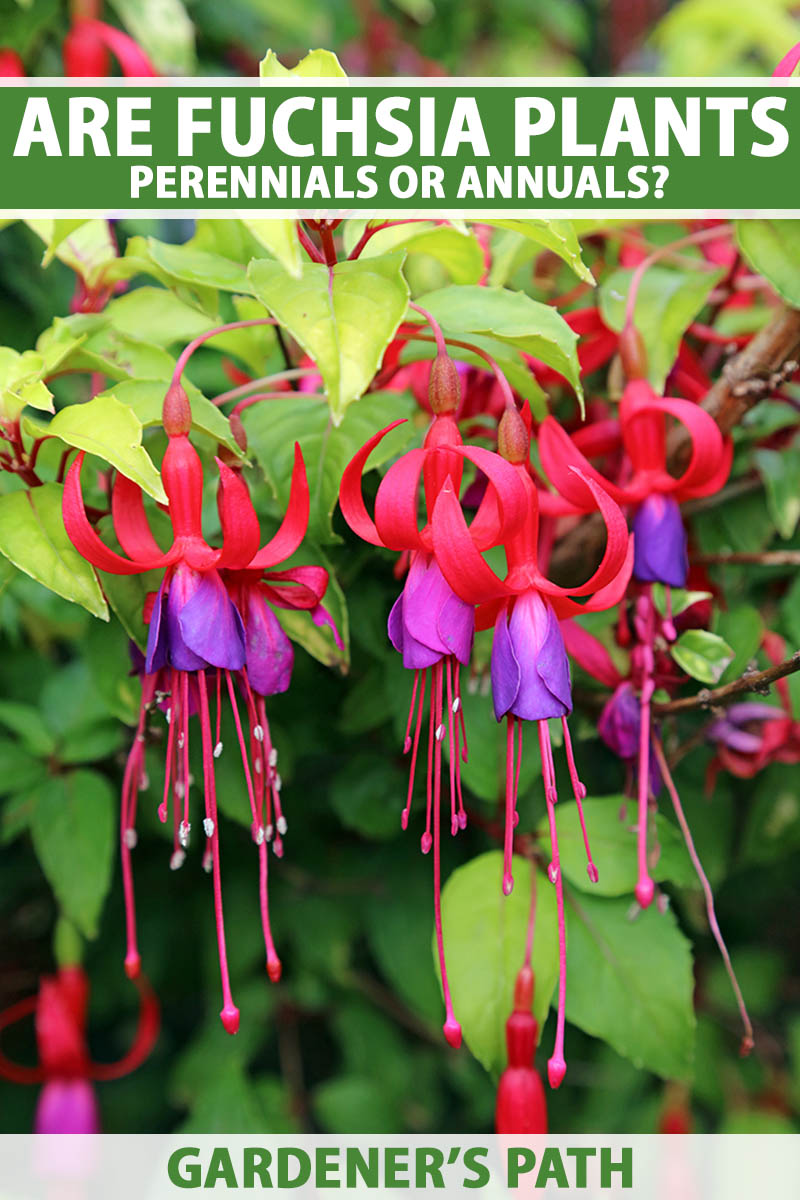
We link to vendors to help you find relevant products. If you buy from one of our links, we may earn a commission.
An extensive selection of species and hybrid cultivars is available to gardeners in USDA Hardiness Zones 6 to 12.
A broad color palette includes blue, magenta, orange, pink, red, violet, white, yellow, and bicolor combinations that light up containers and gardens from spring to frost.
The nectar-rich blossoms are particularly attractive to hummingbirds.
Our fuchsia growing guide discusses all you need to know to plant and grow your own in the garden.
This guide aims to determine whether fuchsia is an annual or perennial. Read on to find out!
Here’s what we’ll cover:
What You’ll Learn
Let’s begin.
Native Origins
Most types of fuchsia are endemic to South America, but some varieties are native to Central America, Mexico, and the South Pacific islands of New Zealand and Tahiti.
Growing conditions vary from cool to tropical. A general rule of thumb is that orange and red flowering types are more heat tolerant than those with blue and white blossoms.
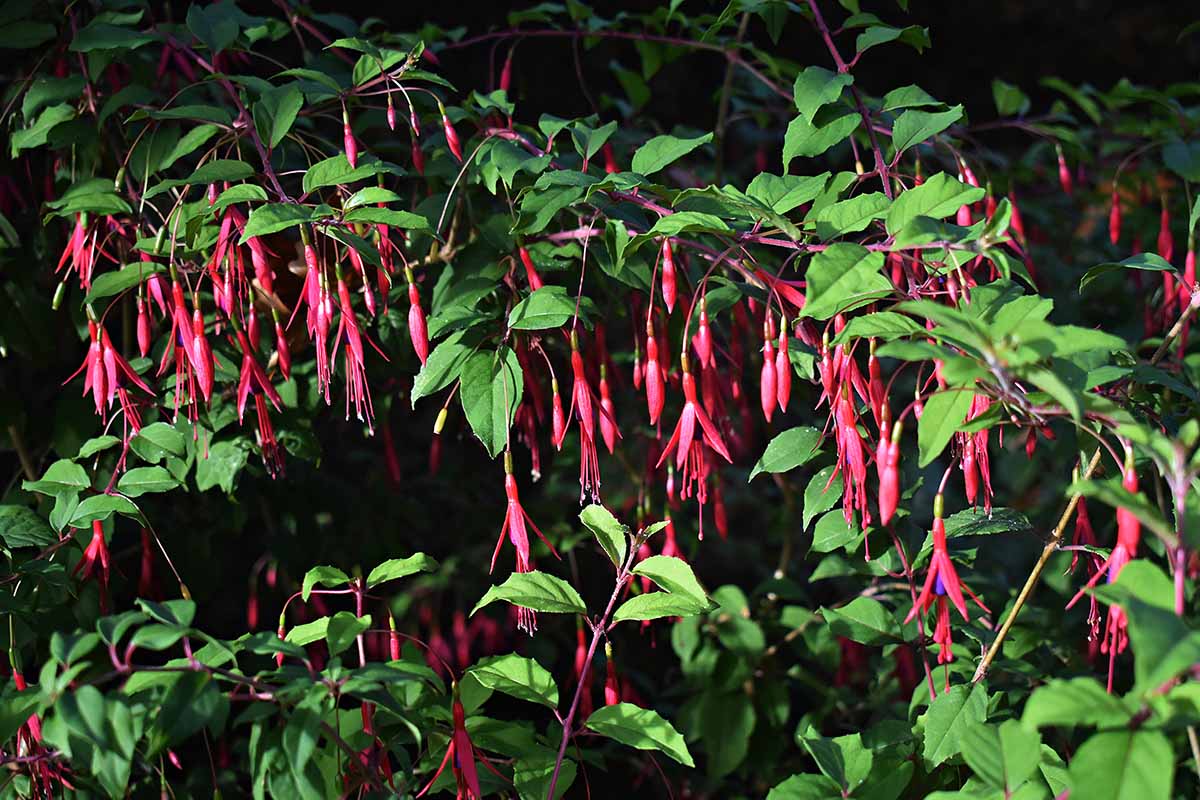
There are approximately 110 species subdivided into groups. The largest group is Fuchsia.
In addition, there are 3,000 to 5,000 known cultivated varieties, including the hybrids described below.
Annual or Perennial? Plant Life Cycles
A plant life cycle may be:
- Annual
- Biennial
- Perennial
Annuals germinate, grow, reproduce, and die in one growing season.
We sow summer annuals in late spring or early summer. They mature by autumn and have no tolerance for freezing temperatures or frost.
Marigolds and zinnias are examples.
And we plant winter annuals in late fall or early spring. Those planted in the fall mature the following spring, and those sown in early spring mature by the fall.
They tolerate cold temperatures and light frost.
Examples are bachelor’s button and larkspur.
A biennial requires two growing seasons to complete its life cycle. During the first, it grows vegetatively, producing foliage.
In the second, it enters the reproductive phase, flowering and setting seed.
Alliums and hollyhocks are examples.
And finally, a perennial sprouts in the spring, dies down in the fall, and comes up again in the spring.
Hardy types can withstand freezing temperatures and frost. Tender ones cannot, and these grow in warmer climates – or as annuals in cooler zones.
Asters and coneflowers are hardy.
Calla lilies and lemongrass are tender.
Longevity is another perennial consideration.
Short-lived hardy herbaceous perennials, like columbine and heuchera, grow for three to five years, while woody shrubs, like barberry, and trees, like yew, can grow for decades to centuries.
As with all flora, the life expectancy of fuchsia depends upon factors like plant quality, climate suitability, and care. I read about a woman who inherited her mother’s fuchsia plant and calculated the age to be about 24 years old. Wow!
Let’s look at three types and their growing zones next.
Species and Cultivars
Three common types of fuchsia for the home garden are hardy, hybrid, and ground-covering. Let’s talk about each.
Hardy fuchsia, F. magellanica, is a woody perennial with cascading branches suited to cultivation in Zones 6 to 9.
The foliage dies back with the first hard freeze, but regrows the next year.
When no hard freeze occurs, gardeners prune the stems to the ground at season’s end, or in late winter or early spring the following year.
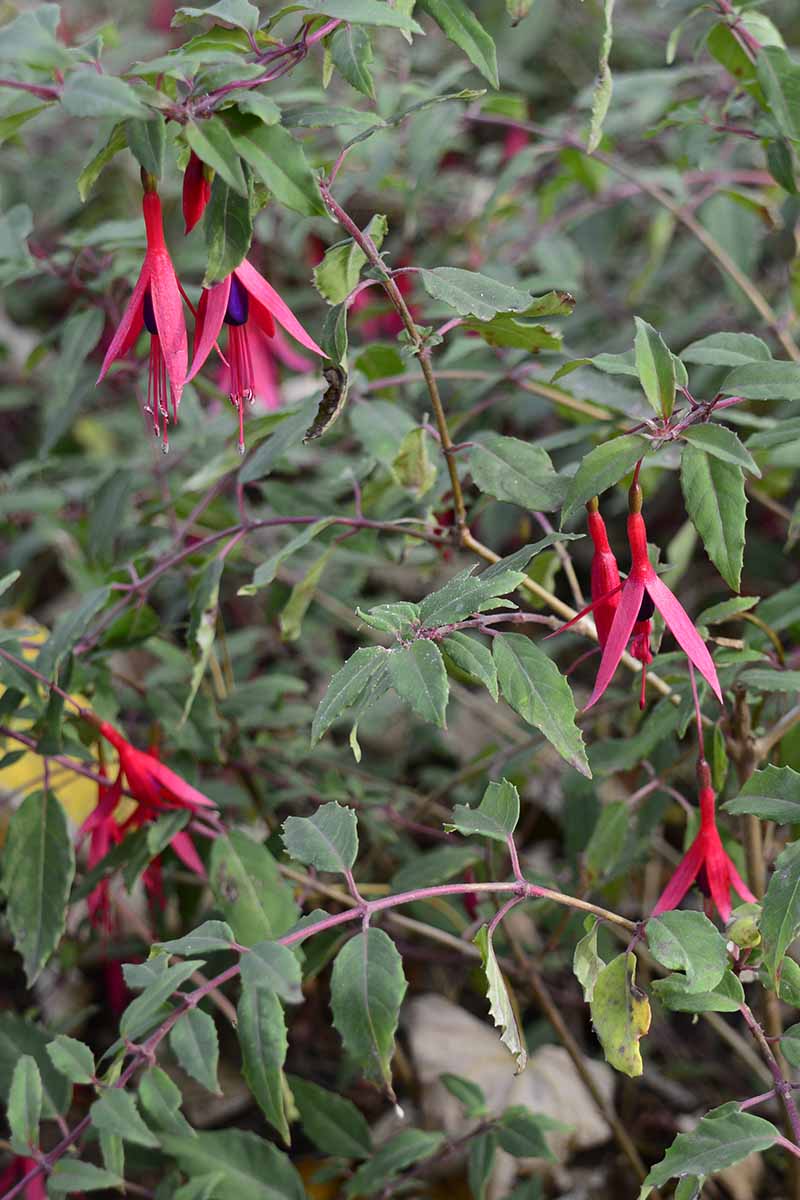
Elongated, tubular, magenta and red flowers bloom from summer through fall. Mature dimensions are 5 to 10 feet tall and wide. The plants can tolerate filtered sun, full sun, and part shade.
Creeping, ground-covering fuchsia, F. procumbens, is a tender perennial for Zones 8 to 11. It is not cold or frost tolerant.
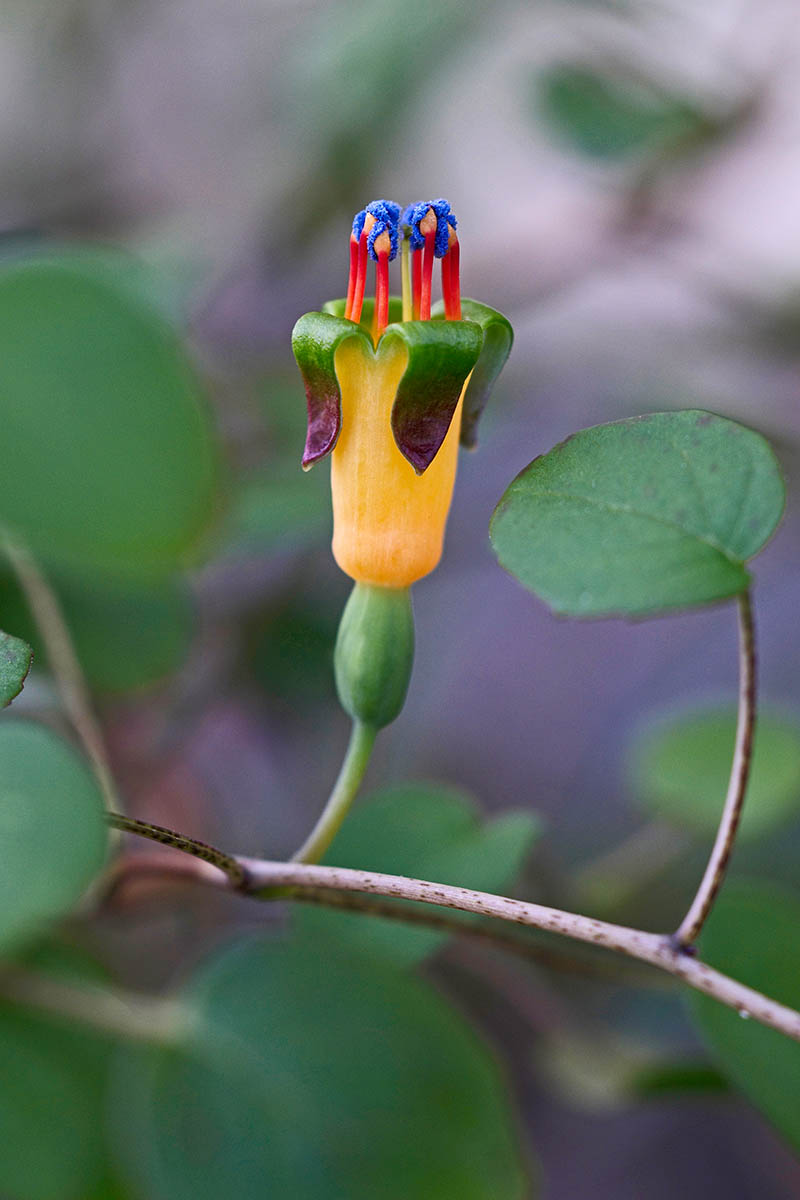
This species prefers full sun to part shade and blooms from summer to fall.
Like tiny tropical birds, upward-facing blossoms display a rainbow of colors, including yellow, magenta, green, blue, and red.
Hybrid F. x hybrida, is a cross between hardy F. magellanica and three woody perennial species: scarlet, F. coccinea, brilliant, F. fulgens, and tree fuchsia, F. arborescens. Hybridizing results in a broad range of colors.
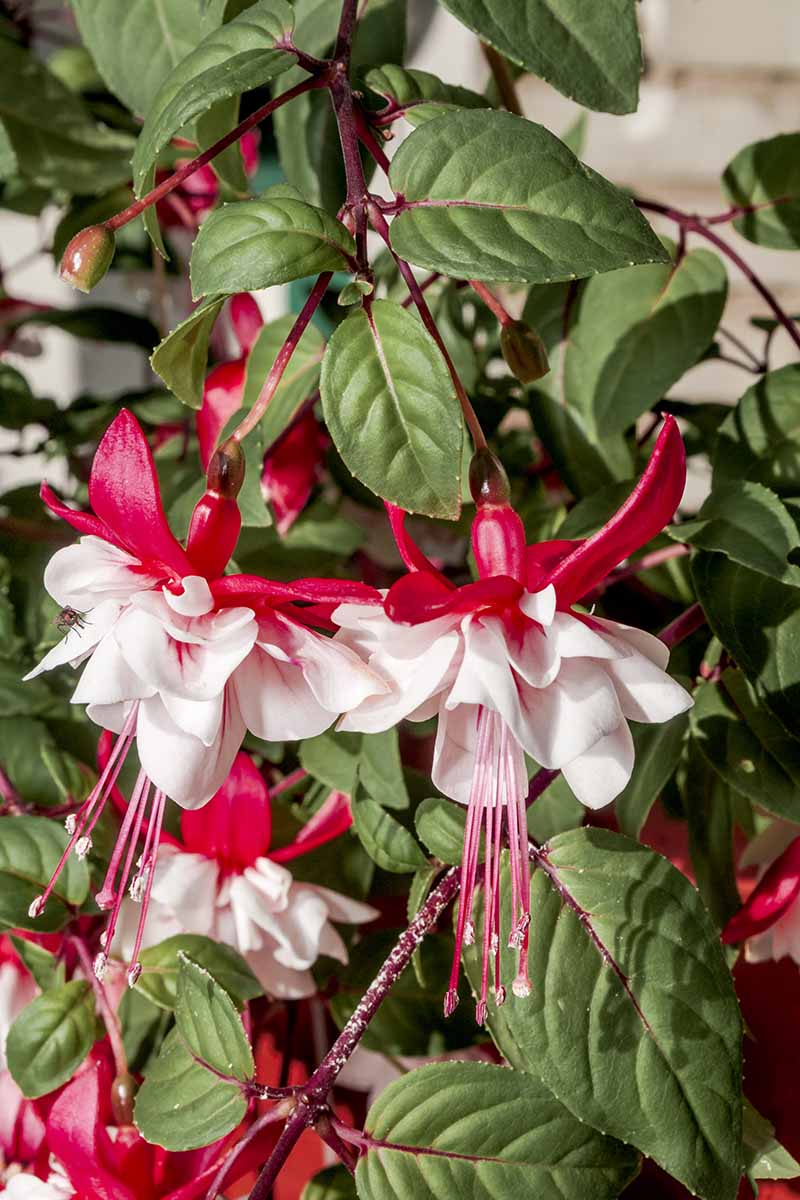
A hybrid type is a tender perennial in Zones 10 to 12, where the temperature remains well above freezing and there is no frost.
It blooms from summer through fall and prefers full to part shade locations.
In the remaining temperate zones, a hybrid grows as an annual that dies with the first frost of autumn and is a popular container plant.
Mature dimensions are 18 to 36 inches tall and 12 to 24 inches wide.
Because it is a hybrid, the seeds do not produce replicas of the parent from which they came. Harvested seeds are likely to produce different traits and qualities.
To extend the life of a hybrid grown as an annual, bring a pot indoors for the winter, or take stem cuttings at season’s end to root in water indoors.
Drawing Conclusions
We set out to discover whether fuchsia is an annual or perennial.
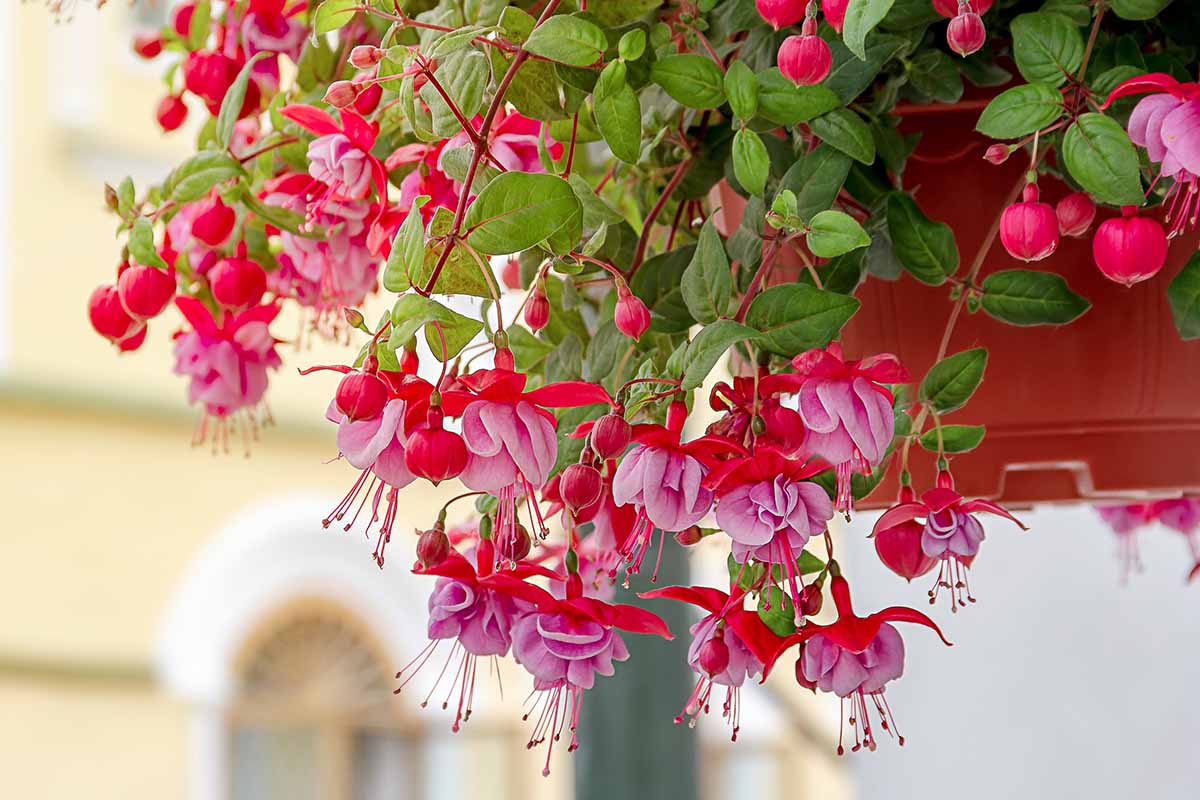
Let’s recap what we’ve learned:
There are about 110 native species and thousands of cultivars. Some prefer cool temperatures, and others are tropical.
We discussed annual, biennial, and perennial life cycles before describing three example species, one a hybrid.
Cool-weather, hardy F. magellanica is perennial and returns annually in Zones 6 to 9. It is large and shrubby, and dies to the ground at season’s end.
Ground-covering F. procumbens is a tender perennial in Zones 8 to 11, where frost does not pose a threat.
Hybrid F. x hybrida is a tender perennial in Zones 10 to 12, where there is no frost, and an annual elsewhere. In cool regions, taking a container plant indoors for the winter is a life-extending option.
And now, our answer is clear:
All fuchsia is perennial in its frost-free native habitat. But here in the United States, it may be a hardy or tender perennial, or an annual with the option of wintering indoors, depending upon the type and growing zone.
Are you ready to enjoy fuchsia in your outdoor living space from summer to fall? Add it to your garden planner today!
Are you growing these plants? Tell us about your experience in the comments section below.
If you found this guide informative and want to learn more about fuchsia, we recommend the following:
